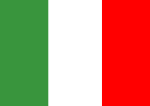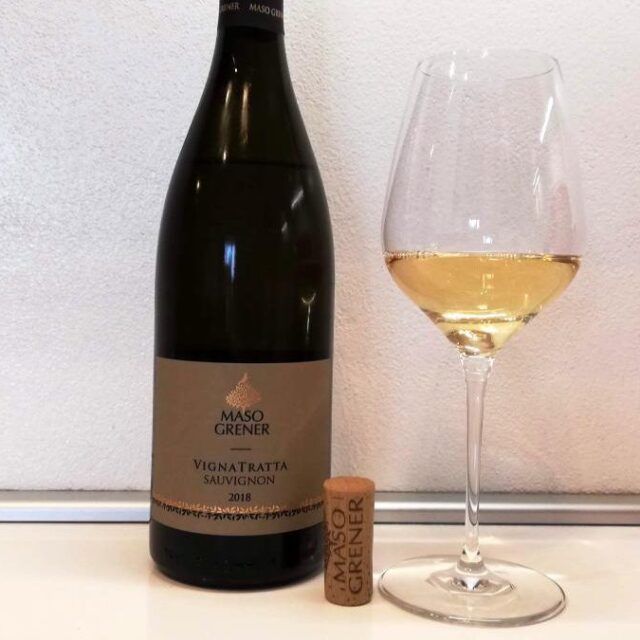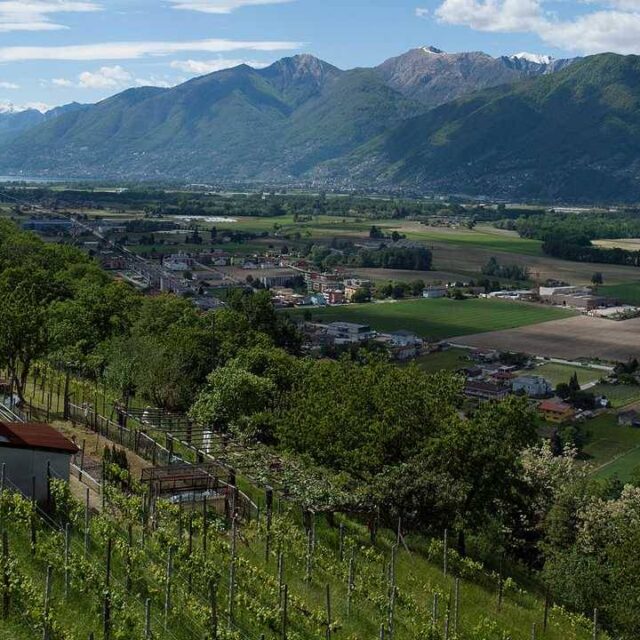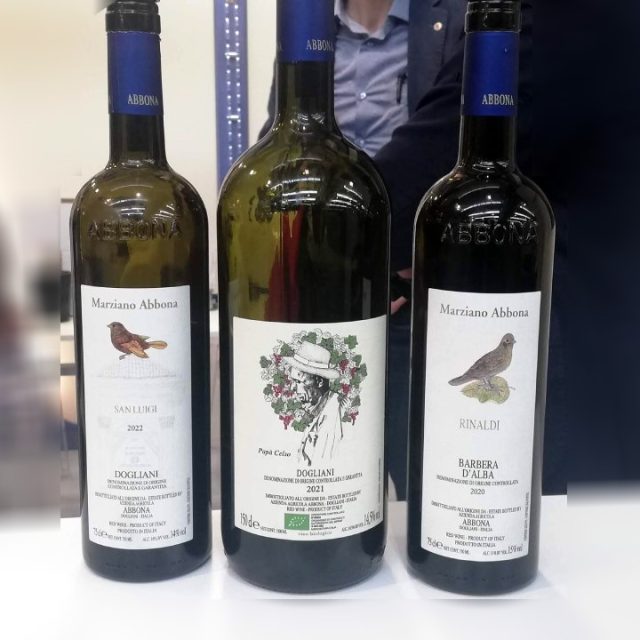A few days ago, I cooked asparagus risotto choosing the wine that seemed most appropriate to me, Tiare Sauvignon.
Asparagus is a herbaceous plant that belongs to the Liliaceae family, characterised by small leaves like scales. Unlike other vegetables, larger shoots are preferred in asparagus growing, because they are softer and pulpy. Asparagus shows a typical bitter flavor, with an aromatic after taste that does not disappear even after being cooked.
As mentioned, we tried the pairing of this risotto with the Collio Sauvignon 2021 from Tiare, a wine that has been awarded with the3 bicchieri Gambero Rosso prize. We have already talked about the Tiare winery when we described the pairing between Masseré and pumpkin risotto. But let’s go back to today’s story.
Ingredients used for asparagus risotto (4 people):
- 400g brown rice
- 550g asparagus
- 1/2 golden onion
- 1l of vegetable broth
- Grated Parmigiano cheese
- Extra virgin olive oil
Preparation of the dish:
Asparagus and onion were cut and then sautéed in a pan with a drizzle of extra virgin olive oil. After that, the rice was added to the mix, and everything was cooked gradually adding the vegetable broth. The was then cooked for about twenty minutes. Before serving some olive oil then and grated Parmigiano cheese were added.
The risotto has the following taste-olfactory characteristics:
- rice: sweet tendency and light aromaticity;
- asparagus: aromaticity and bitter tendency;
- onion: sweet tendency and aromaticity;
- Parmigiano: greasiness;
- vegetable broth: tanginess, aromaticity and the succulence.
The dish is mainly characterised by the aromaticity, succulence, sweet and bitter tendency, oiliness and light greasiness of the ingredients.
The Sauvignon grapes come from a vineyard with a high density of planting on calcareous-marly soils; they are selected in the vineyard and hand picked through several passes. In 2021 there were three different harvests and vinifications. The second vinification took place with wild yeast. The blending of the different vinificaions took place in February, with 20% of the batches undergoing malolactic conversion.
The wine is crystal clear straw yellow colour with greenish reflections. On the nose, it gives us a large spectrum of intense aromas. The aromas are clearly detectable with hints of elderberry and orange blossom, followed by pink grapefruit and peach mixed with mineral notes that end up with sage and cut grass. In the mouth the fresh-savoury components of the wine overtake the alcohol, although it is clearly perceivable. The texture is beautiful, and the finish is very long showing citrus and herbaceous nuances.
how was the food-and wine pairing?
The acidity and the flavours of the winehave been correctly contrasted to the sweet tendency of the food as well as the greasiness of the cheese, while the alcohol cut through the oiliness of the extra virgin olive oil. The herbaceous, mineral and citrus scents combined with the strong aromatic intensity and after taste of Sauvignon perfectly complimented with the aromaticity and bitter tendency of the asparagus risotto.
A luxurious combination, I would like to go back and pair again with Tiare Sauvignon, a marriage of love.
























































